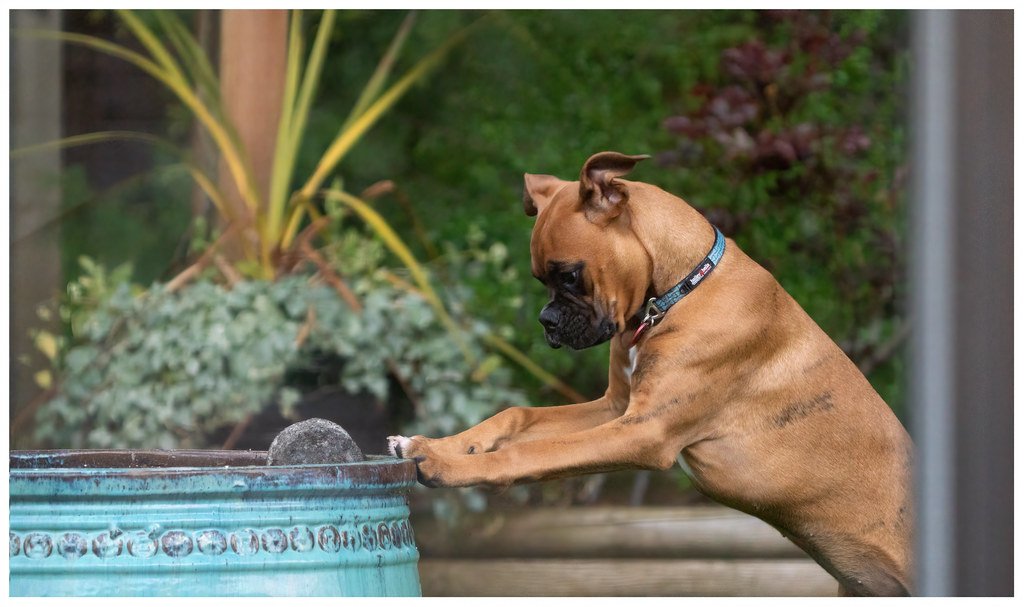Some dog breeds walk into a room and get side-eyed before they even wag their tails. It’s almost heartbreaking how many pups are misunderstood because of old myths, scary news stories, or just the way they look. But is their tough reputation really fair? As someone who’s spent years around all kinds of dogs—sometimes the “bad” ones are the biggest snugglebugs. Let’s pull back the curtain on 13 dog breeds that get a bad rap, but might just surprise you with their loving hearts and goofy quirks.
Pit Bull Terrier: More Than Muscle
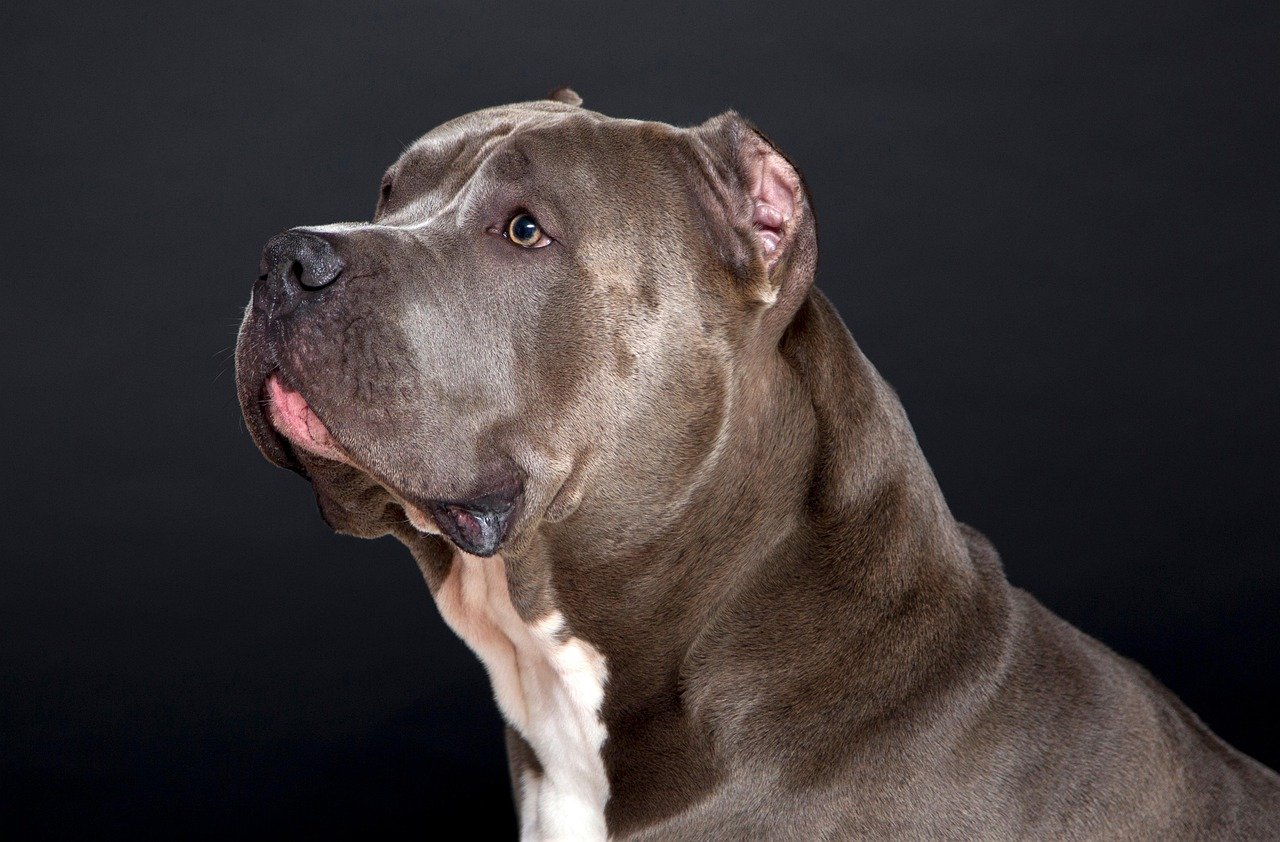
Pit Bulls are often seen as the scary “bad boys” of the dog world, but anyone who’s known one knows they’re softies at heart. Yes, they’re strong and energetic, but these dogs are famously loyal and playful, especially with families. It’s true they need structure and lots of exercise, but aggressive behavior usually comes from poor training, not their nature.
A happy Pit Bull will show you a wagging tail, a goofy grin, and sometimes even a full-body wiggle when they’re excited. Good socialization from puppyhood and clear boundaries help them thrive. Owners should look out for health signs like skin allergies and hip issues, and prevention means regular check-ups and a healthy diet.
Rottweiler: Gentle Guardians
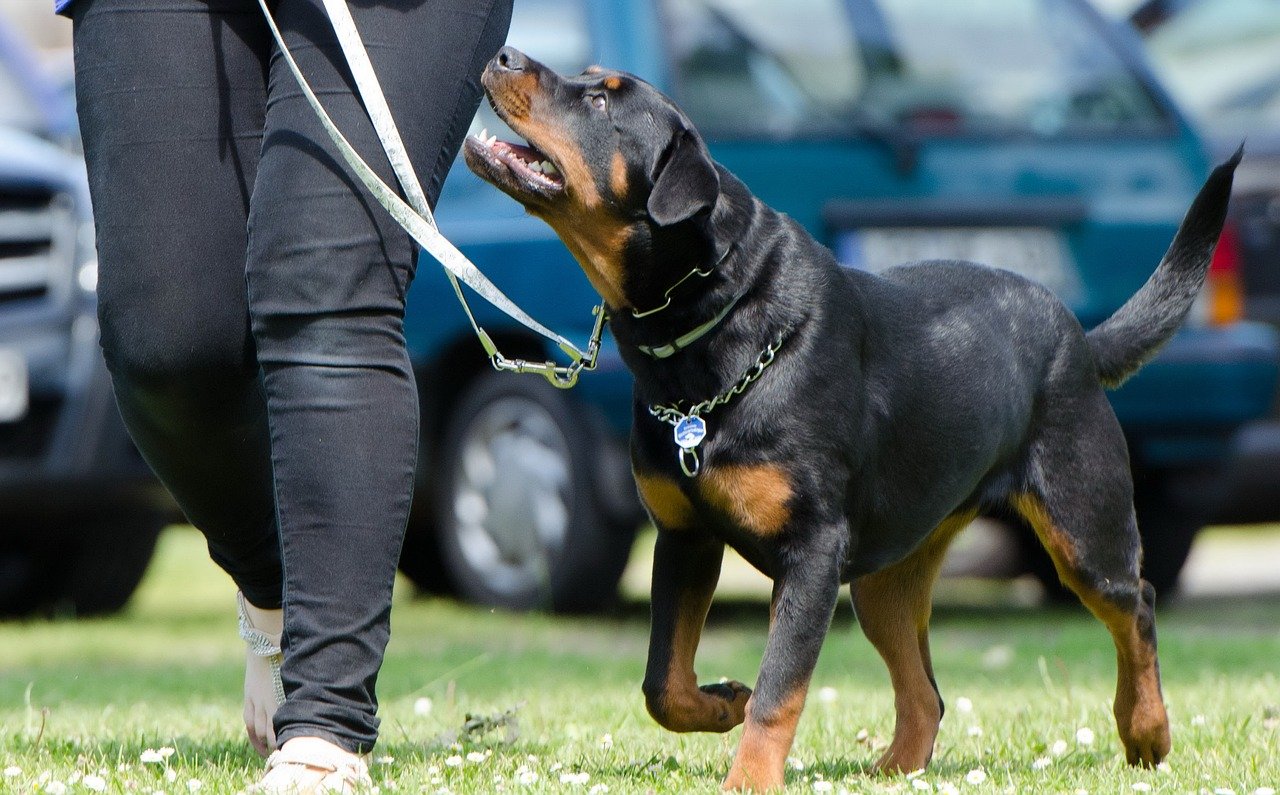
Rottweilers are often painted as intimidating and standoffish, but that’s only one side of the story. Given proper socialization, they’re deeply affectionate and fiercely loyal to their families. They love having a job to do, whether it’s guarding the house or learning new tricks.
Look for relaxed body language—a loose tail, soft eyes, and gentle leaning into your touch are all good signs. Rotties can be prone to joint problems as they age, so early prevention with proper nutrition and exercise is key. Remember, an engaged Rottweiler is a happy one.
Doberman Pinscher: Sleek and Sweet
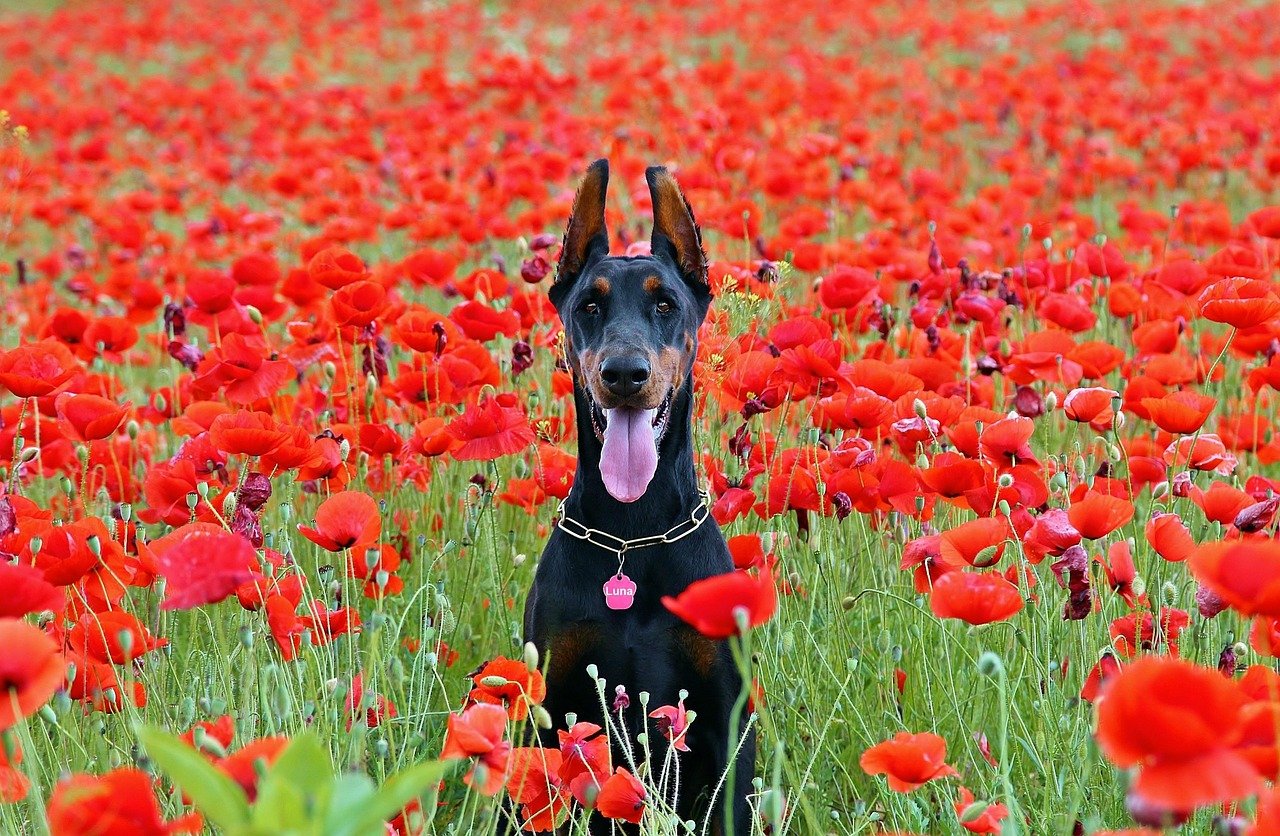
Dobermans might look like superheroes with their elegant build and intense gaze, but inside, they’re sweethearts. They form strong bonds with their people and are often called “velcro dogs” because they love sticking close. Their alertness makes them excellent watchdogs, but that doesn’t mean they’re aggressive.
A Doberman who’s content will nuzzle up to you and loves to play fetch or learn new commands. Watch for signs of stress, like pacing or excessive barking, which can be soothed by regular exercise and mental enrichment. Preventing boredom goes a long way in keeping these amazing dogs happy.
German Shepherd: Working Wonders
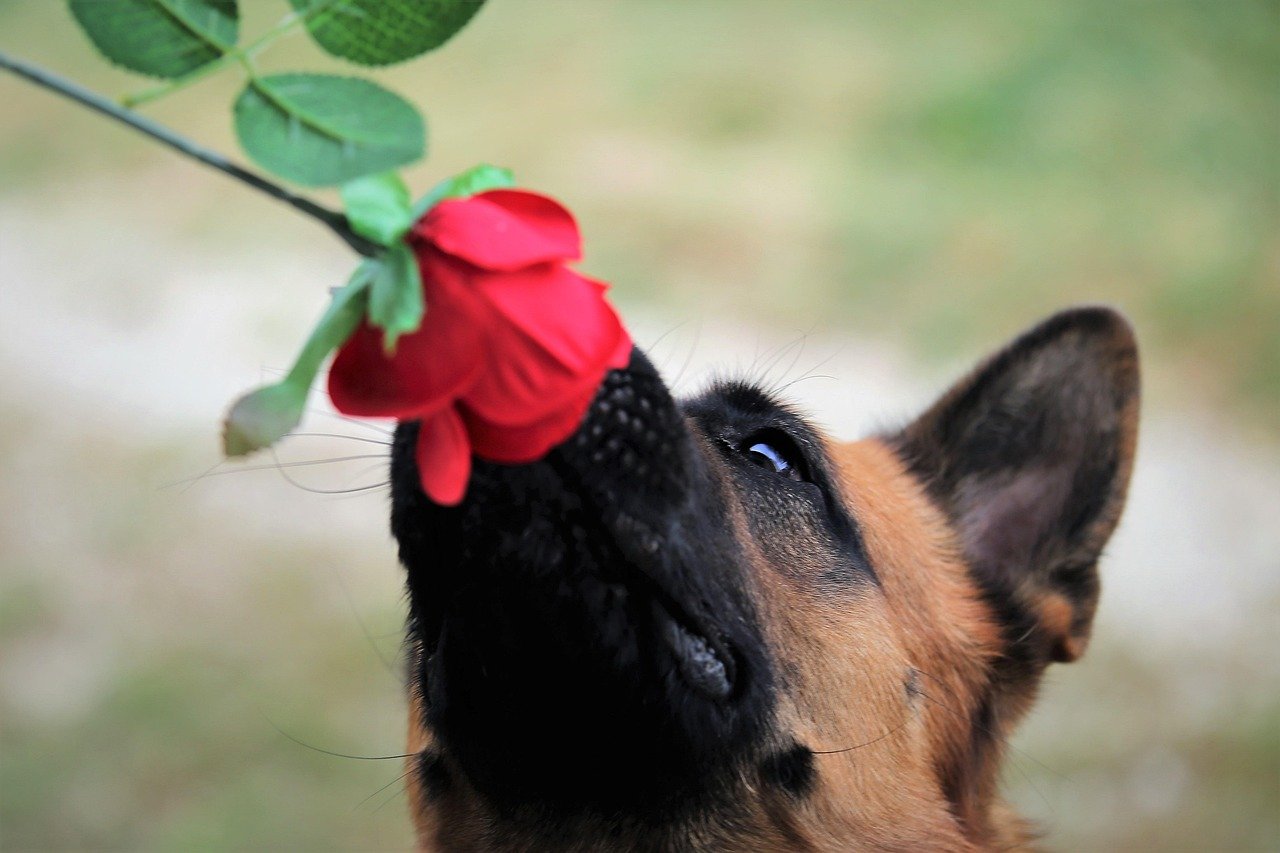
German Shepherds are famous as police and service dogs, but sometimes their intelligence is mistaken for aggression. In reality, they’re eager to please and crave close relationships with their humans. Their herding instincts can make them a bit bossy, but with guidance, they’re incredibly gentle.
A well-adjusted Shepherd will respond to cues, make eye contact, and enjoy learning. They can be prone to hip dysplasia, so maintaining a healthy weight and regular vet visits is vital. Training and play keep their minds sharp and their hearts happy.
Chow Chow: The Lion-Like Introvert
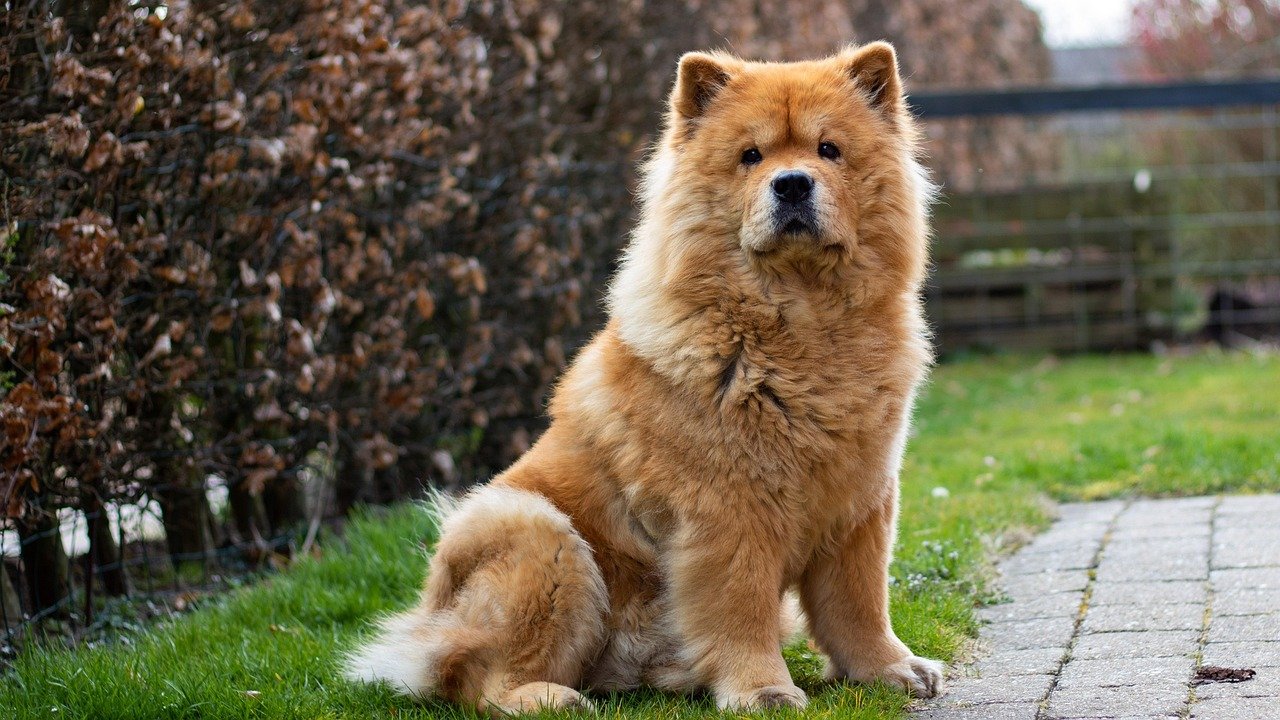
Chow Chows get labeled as “aloof” or “grumpy,” but they’re more like the reserved friend who needs time to warm up. With their lion’s mane and proud stance, they sometimes come off as standoffish. But with gentle handling and patience, they become loyal companions.
Chows communicate with subtle cues—watch for a relaxed posture and slow blinks as signs of trust. They need regular grooming and attention to skin health, and early socialization helps them feel more at ease with strangers and new situations.
Akita: Dignified Protectors
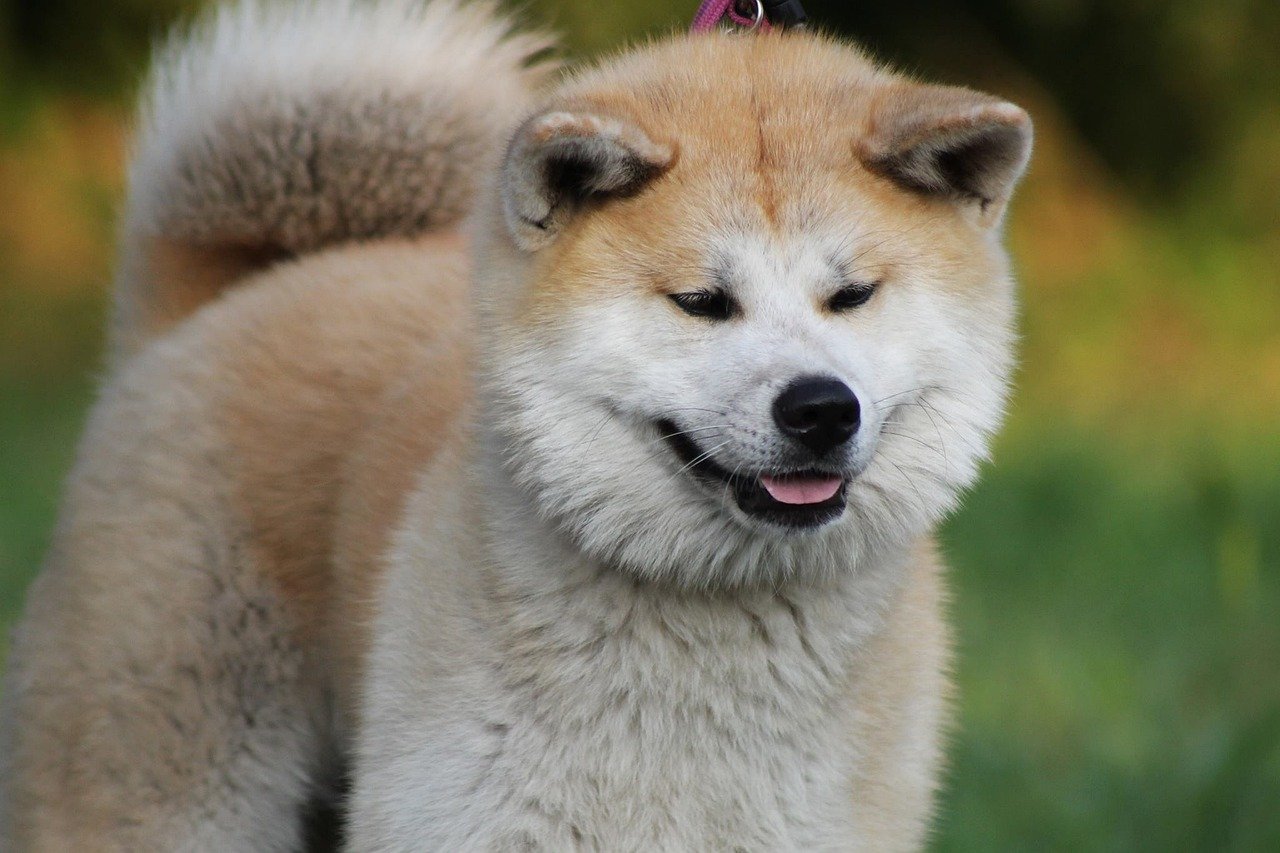
Akitas are known for their quiet strength and loyalty, sometimes being misunderstood as unfriendly. They’re naturally reserved, especially with strangers, but with their family, they show boundless affection and devotion. Early training is crucial to help them navigate new experiences positively.
Signs of a happy Akita include a soft tail wag and leaning in for pets. Keep an eye out for common health issues like thyroid problems or hip dysplasia, and prevent boredom with stimulating activities—these dogs love a good puzzle or a brisk walk.
Dalmatian: More Than a Movie Star
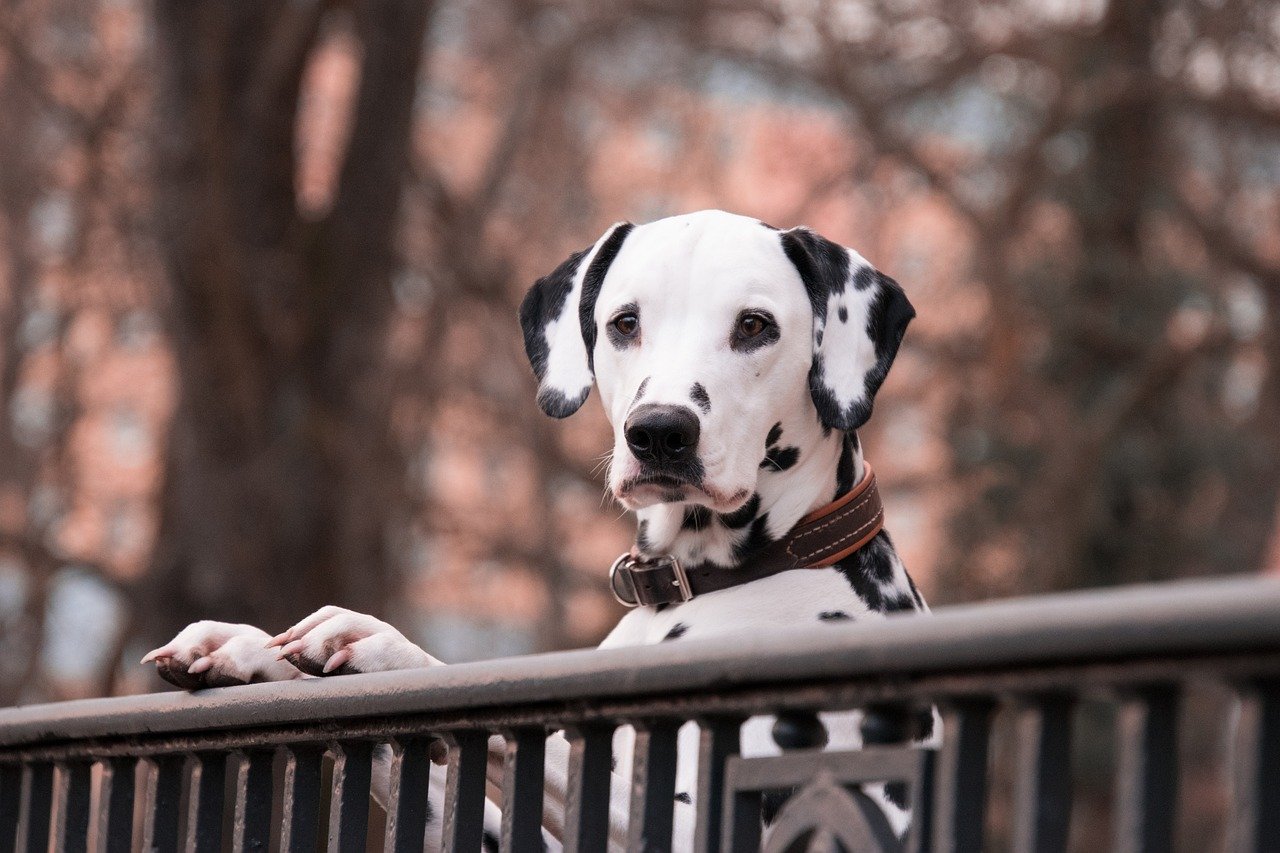
Thanks to their starring role in cartoons, Dalmatians are often thought of as hyper or unruly. In truth, they’re intelligent, energetic, and sensitive. Without enough exercise or attention, they can get into trouble, but with the right outlet, they’re fantastic family pets.
Look for happy prancing, playful barking, and a wagging tail when a Dalmatian is content. They can be prone to deafness and urinary stones, so regular vet checks and a proper diet are important. Give them a job—like agility or running—and you’ll see them shine.
American Bulldog: Big Softies
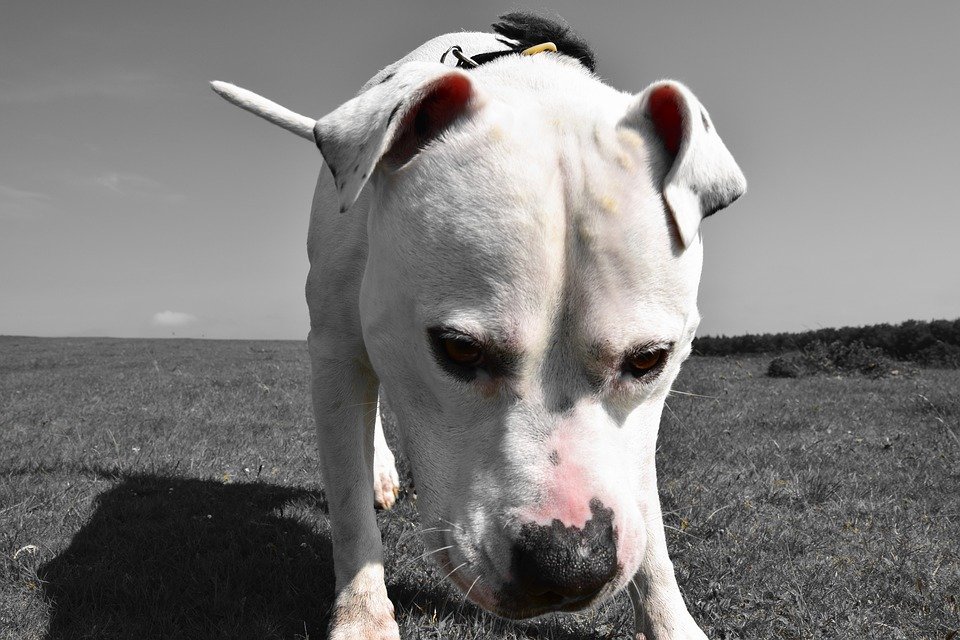
American Bulldogs have a rugged look that can intimidate, but inside, they’re affectionate and goofy. They adore children and often act like gentle giants. Their reputation for being tough comes from their protective streak, which just needs the right guidance.
A happy Bulldog will show calm body language, wagging their tail slowly and looking for cuddles. Watch for breathing issues and joint problems, which can be managed with good nutrition and regular exercise. Early socialization ensures they’re friendly and confident.
Alaskan Malamute: Arctic Adventurers
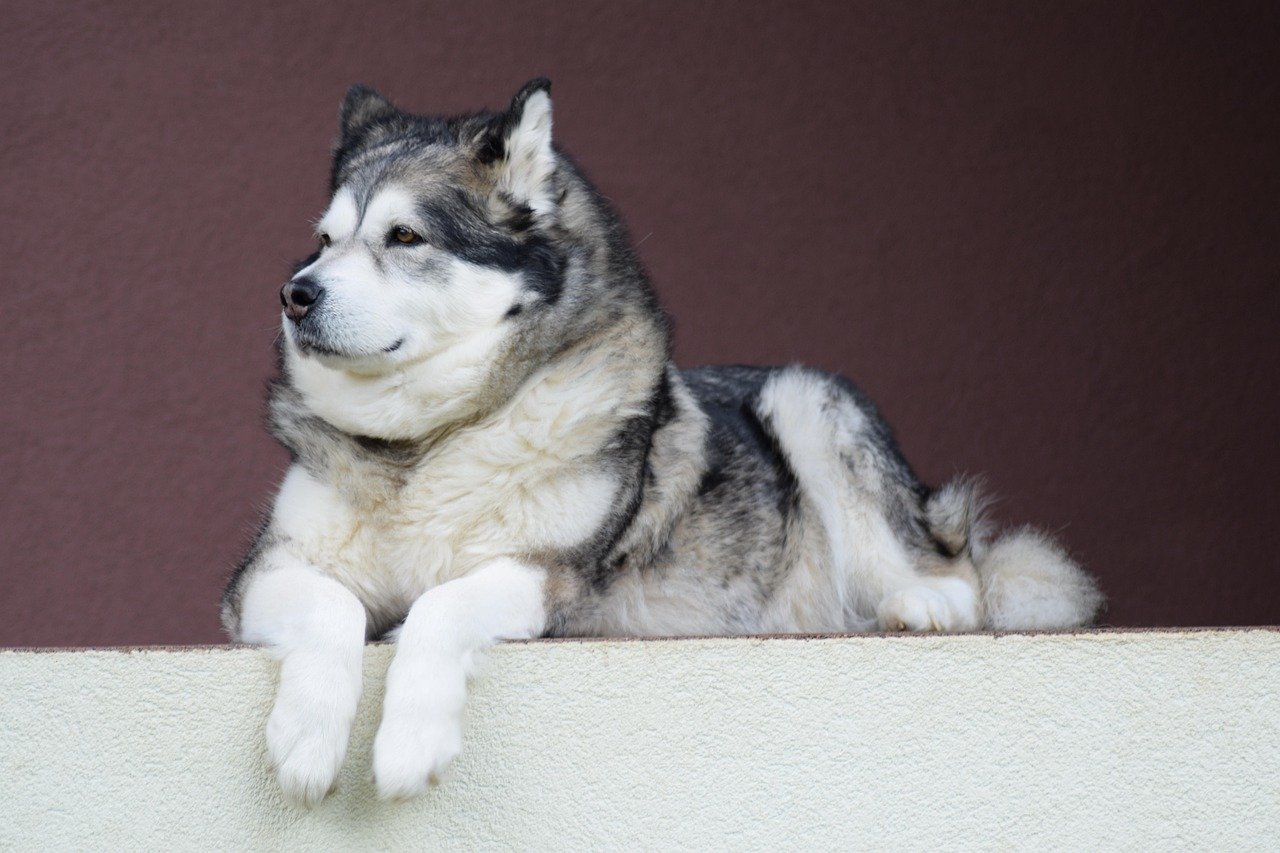
People often mistake Malamutes for wolves, which leads to unfair assumptions about their temperament. They are pack-oriented, loving, and thrive on companionship. Yes, they’re strong-willed and need consistent leadership, but at heart, they’re playful and affectionate.
A happy Malamute will show a bushy-tailed wag and may even “talk” with howls and grumbles. Watch for signs of boredom, like digging or escape attempts—these are clues they need more exercise or mental stimulation. Hip health is important, so regular check-ups are a must.
Boxer: The Comedians
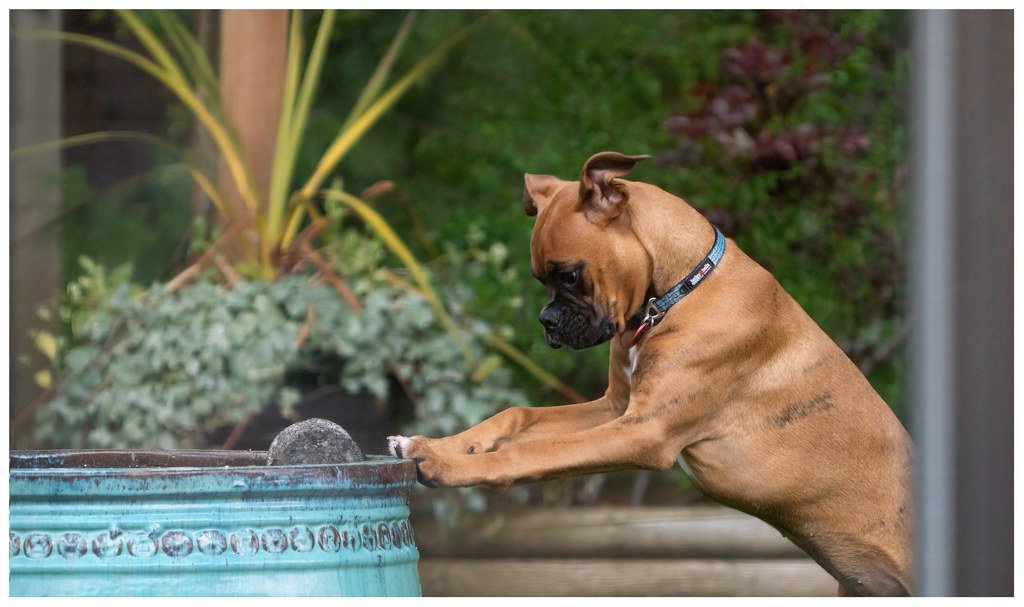
Boxers are bouncy, muscular, and full of energy, which sometimes gets them labeled as rowdy or uncontrollable. But with the right outlet, their goofy antics and big smiles win everyone over. They’re incredibly loyal and gentle with kids.
A Boxer’s happiness is easy to spot—they do a famous “kidney bean” dance, wiggling from head to toe. Keep an eye out for health issues like heart conditions and tumors, and be proactive with regular vet visits. Training and structured playtime keep their spirits high.
Staffordshire Bull Terrier: Little Powerhouses
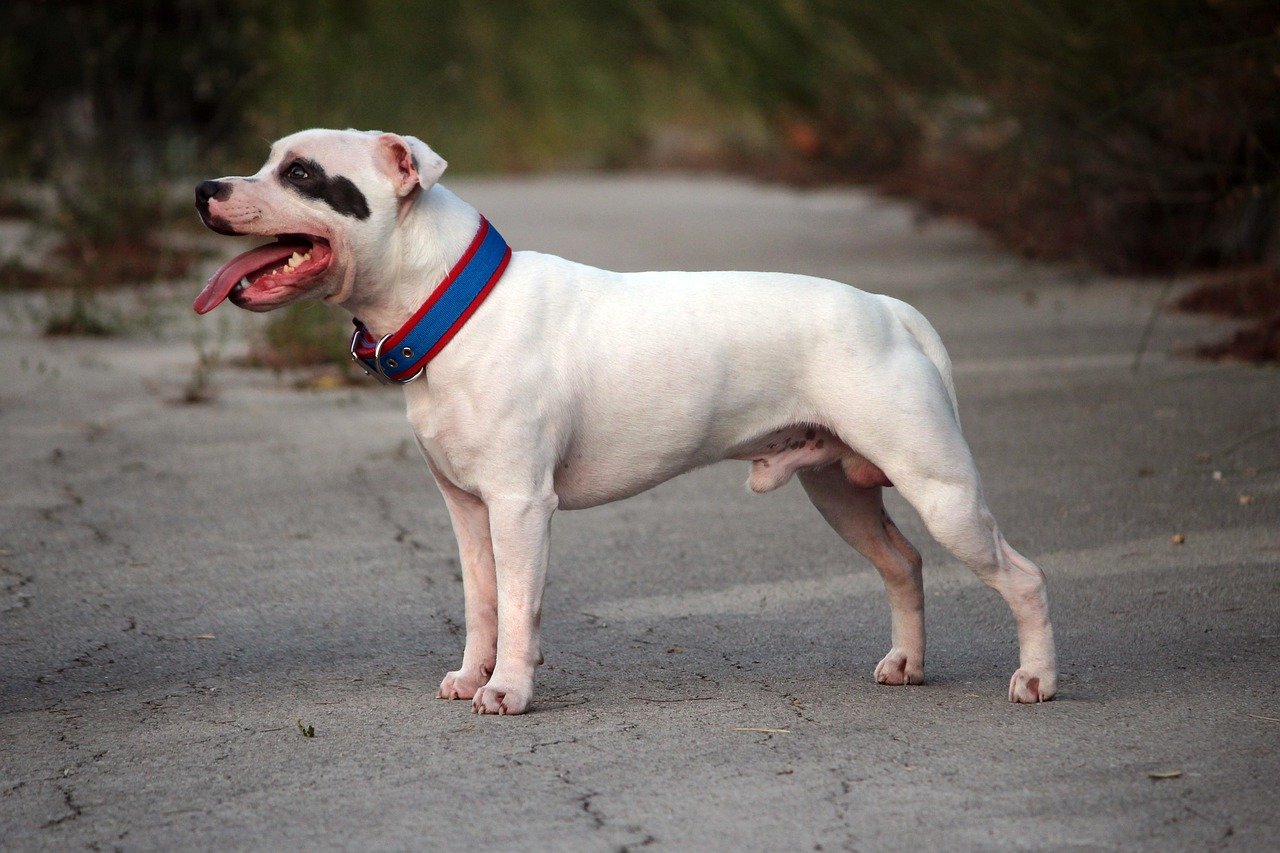
Staffies are sometimes unfairly lumped in with Pit Bulls, but their personality is uniquely joyful and affectionate. They’re people-oriented and thrive on human interaction. Their reputation for aggression often stems from misunderstanding their exuberant play style.
Look for big, goofy grins and eager tail wags—these are signs of a happy Staffie. Health-wise, watch for skin allergies and joint issues. Early training and positive reinforcement help them channel their energy into friendly play.
Presa Canario: Strong and Steady
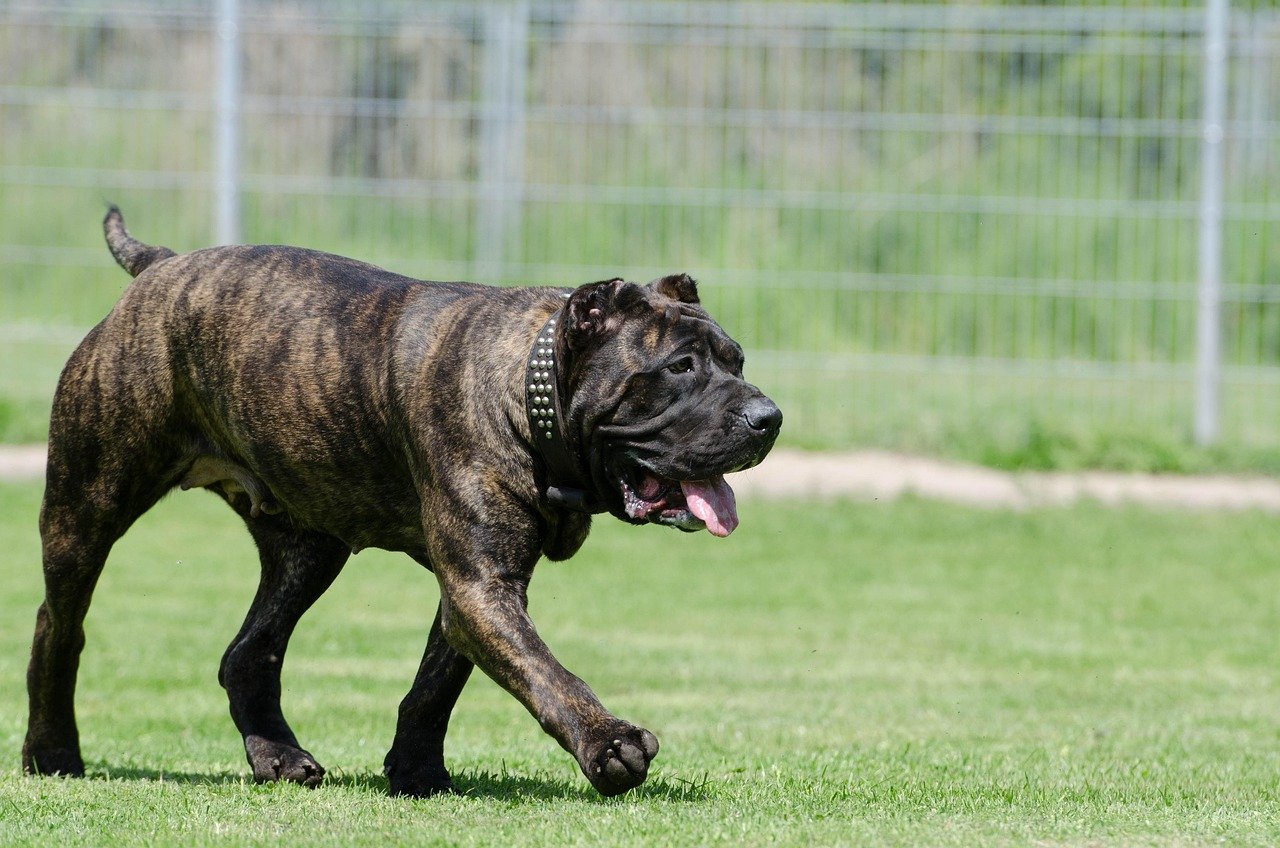
The Presa Canario’s imposing size can be intimidating, but with knowledgeable owners, they’re calm, steady, and affectionate. They need confident leadership and clear boundaries, but in the right hands, they’re loyal protectors.
A relaxed Presa will sit calmly by your side and make gentle eye contact. Keep an eye out for hip and elbow problems—regular exercise and a healthy diet are crucial. Socialization from an early age sets them up to be well-mannered adults.
Dogo Argentino: Brave and Loving
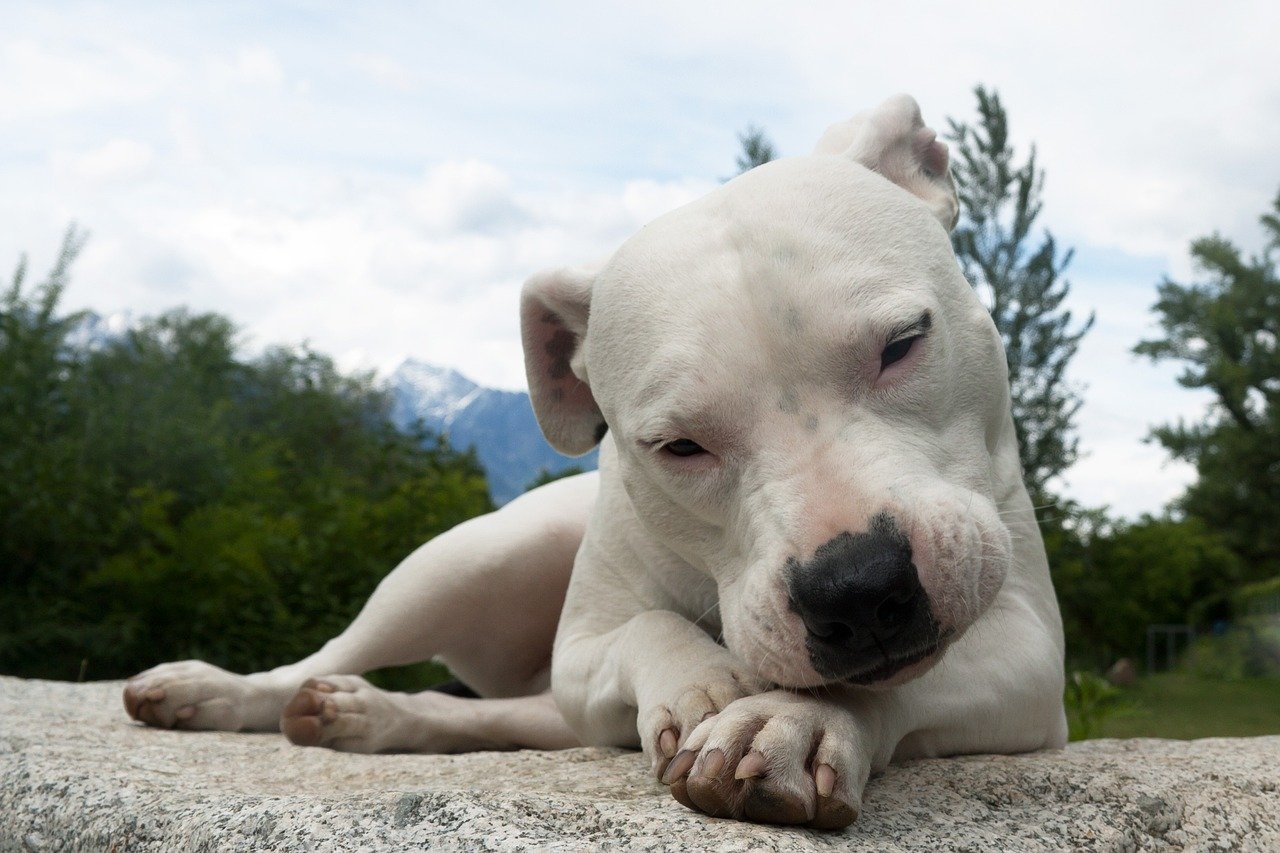
The Dogo Argentino was bred for big game hunting, which gives them a bold reputation. In reality, they’re deeply loyal, loving, and eager to please. Their strength needs to be matched with firm, positive training and plenty of exercise.
A content Dogo will lean into you for affection and stay alert to your mood. Watch for skin and hearing issues, as well as joint health. Keeping them mentally and physically engaged helps prevent unwanted behaviors and brings out their gentle side.
Every dog is an individual, shaped by their environment, training, and the love they receive. These 13 breeds have carried the weight of a bad reputation for far too long—yet countless stories reveal their big hearts when given a fair chance. Isn’t it time we look beyond the labels and see the true spirit wagging its tail in front of us?

Linnea is a born and bred Swede but spends as much time as possible in Cape Town, South Africa. This is mainly due to Cape Town’s extraordinary scenery, wildlife, and atmosphere (in other words, because Cape Town is heaven on earth.) That being said, Sweden’s majestic forests forever hold a special place in her heart. Linnea spends as much time as she can close to the ocean collecting sea shells or in the park admiring puppies.

